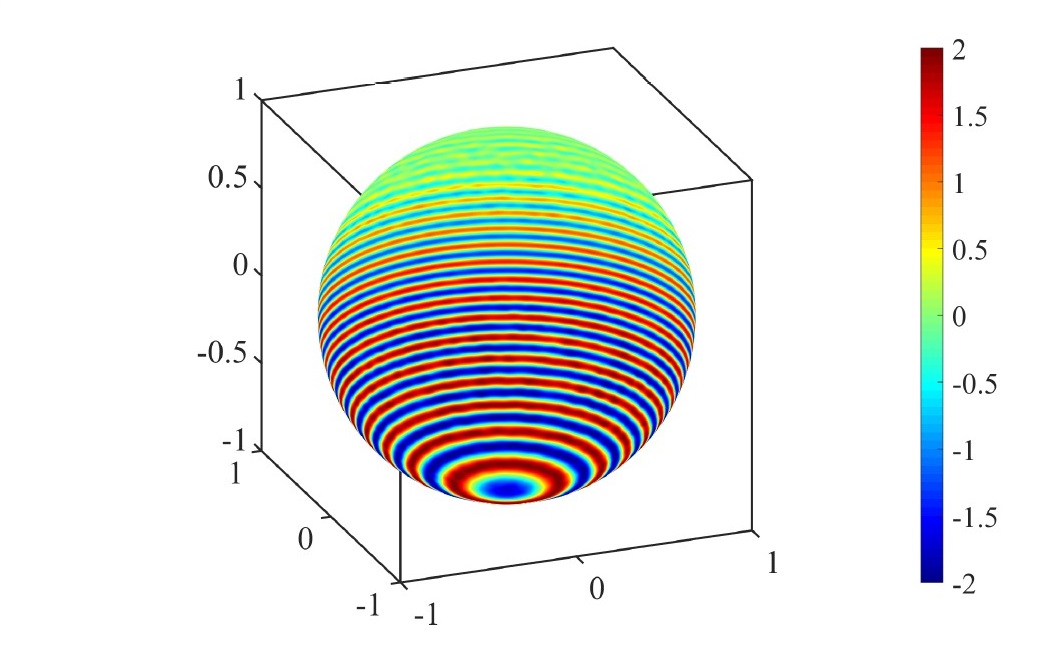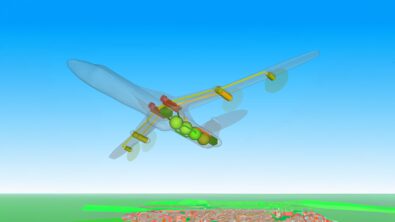The Sound of Silence…In The Skies?


In a bygone era, airlines urged passengers to “sit back and relax”, these days, they are lucky if they can quickly get into their own cocoon as they settle into their seat and that often only happens once they’ve put on their noise-canceling headphones. Undesirable noise is a constant in aviation, and whether in the cabin or outside the adverse effects on our health have been known for some time.
Reducing aircraft noise pollution is a problem we at Siemens take seriously, one for which there is not just one solution. External noise pollution often comes from the power units, and that’s something we confront head-on as we continue to develop silent e-propulsion systems. But even without re-inventing aviation as we know it, there is a lot that can be done to reduce noise levels with existing technologies and this is where the CRANE (Community and Ramp Aircraft NoisE) project comes using Simcenter 3D acoustics simulation to define the acoustic design of aircraft airframes and engines. The need for computational aero-acoustics is clear given the alternative of costly flight & static tests.
Together with Rolls-Royce, the University of Southampton and KU Leuven CRANE has been focused on new domain decomposition methods(DDM), (if this sounds familiar, it’s because we’ve been here before, albeit in a different discipline). Such methodology is necessary because when we look to numerical analysis for a solution, current computational tools are either unable or too inefficient to perform large acoustic simulations over the complete frequency range and taking into account the full geometrical and physical complexity of an entire aircraft.
 Figure 1. External acoustics simulation of an aircraft.
Figure 1. External acoustics simulation of an aircraft.
Working with our customers who sought to use HPC (High-Performance Computing) to address their large acoustics calculations, we have developed, through the CRANE project, these new domain decomposition methods that help reducing calculation time through parallelization of large acoustic FE computations.
More specifically, a non-overlapping Schwarz method has been used to decompose FE domains of several 10 MDOF (Multiple Degrees of Freedom) into smaller subdomains. This method follows an iterative approach, where the solutions at the interface are obtained first, followed by an easy recovery of the sub-domains solutions. It has been shown that the method can solve a wider frequency range as compared to the state-of-the-art MUMPS solver, for the same number of processors.
 Figure 2. Plane Wave scattering on a sphere at high frequency
Figure 2. Plane Wave scattering on a sphere at high frequency

We are working actively to bring these innovations to our customers in the future releases of Simcenter 3D acoustics to help them achieve the desired broadband frequency results overnight for such complex external acoustics problems.


